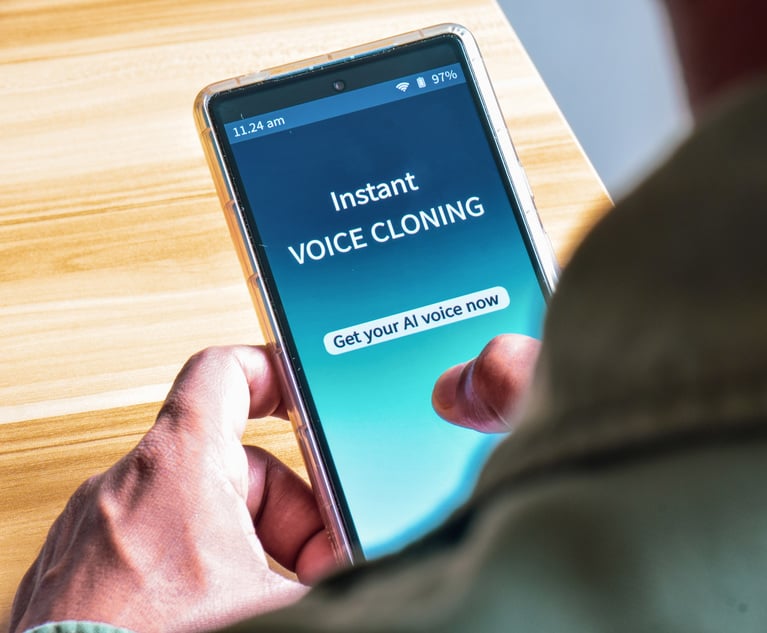 As cyber attackers are finding ways to use technology to clone voices to further their deceptive practices, others are attempting to find ways to detect their misdeeds… with varying degrees of success. (Photo: Debalina/Adobe Stock)
As cyber attackers are finding ways to use technology to clone voices to further their deceptive practices, others are attempting to find ways to detect their misdeeds… with varying degrees of success. (Photo: Debalina/Adobe Stock)
The media reports a lot on "deepfakes" and, more recently, "cheap fakes"— video and still images that do not reflect reality but are, in essence, an AI-generated facsimile that looks and sounds frighteningly like the real thing.
|The rise of synthetic voices
Of course, synthetic media isn't limited to just images and video. Voices can—and are—also faked. Voice cloning is technology that uses artificial intelligence to create a replica of a specific person's voice. In a true-life story, there was rampant online speculation that actress Scarlett Johansson's voice was dubbed for use in a new voice assistant model by the makers of ChatGPT without her permission. The matter was left among lawyers but raises questions about copyright, privacy and emotional connections with AI assistants.
Recommended For You
Want to continue reading?
Become a Free PropertyCasualty360 Digital Reader
Your access to unlimited PropertyCasualty360 content isn’t changing.
Once you are an ALM digital member, you’ll receive:
- Breaking insurance news and analysis, on-site and via our newsletters and custom alerts
- Weekly Insurance Speak podcast featuring exclusive interviews with industry leaders
- Educational webcasts, white papers, and ebooks from industry thought leaders
- Critical converage of the employee benefits and financial advisory markets on our other ALM sites, BenefitsPRO and ThinkAdvisor
Already have an account? Sign In Now
© 2025 ALM Global, LLC, All Rights Reserved. Request academic re-use from www.copyright.com. All other uses, submit a request to [email protected]. For more information visit Asset & Logo Licensing.








